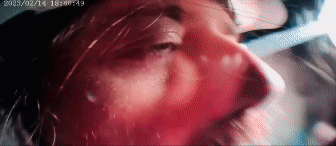
Testing the helmet
CESA – aka L’uomo delle stelle
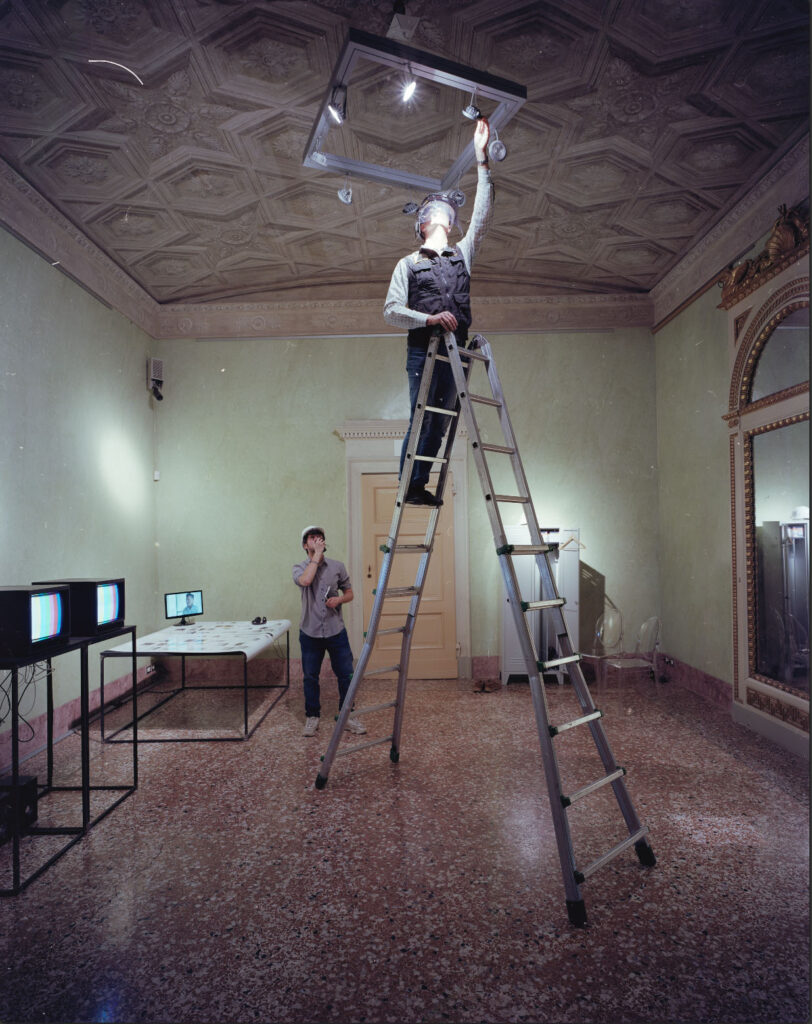
Re-setting the stars of Palazzo Reale
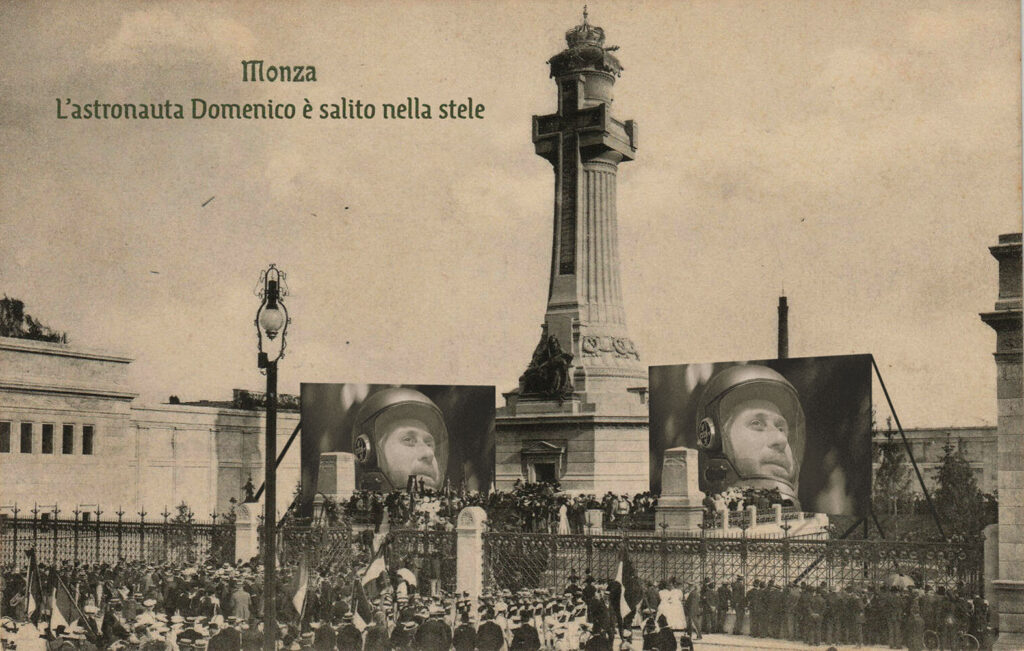
The Grand opening of the Reale Cappella Espiatoria in Monza - 1910 - I have added two giant screens tho
CONTEXT
The Reale Cappella Espiatoria di Monza is a museum and a monument. In my opinion it represents, stealing Gaetano Bresci’s words, the point where two principles collided: on the one hand the idea of the sovereign and on the other the idea of the anarchist. Two errant particles that found exactly in that point, at the base of the Great Alabaster Crosses, the place and the moment for mutual annihilation. As in any particle collision, the two initial elements vanish, disintegrated in the impact, and new ones are born, each with independent trajectories. The Reale Cappella Espiatoria, in this sense, acts as a geo-locator with respect to the point where this collision occurred: the point of origin of alternative further reasoning.
What was meant to be a peremptory call for atonement (at least in the mind of the Queen, who wanted to build this monument immediately after the death of her husband the King Umberto I) quickly changed its guise by allowing the thousands of new individual trajectories to move from that point. This process of changing meaning occurred through successive layers of continual denials of the original meaning. Beginning with the alleged inscription by Benito Mussolini “monument to Gaetano Bresci,” passing through continuous inscriptions praising the anarchist, to the proposal to preserve one of these grafiti still present on one of the walls, the monument’s user community and popular sense have repeatedly provided for a sort of metaphorical cancellation of the meaning of this monument itself. Unlike a far more radical attack, however, such as that of ISIS in Palmyra in 2017, which involved the disappearance of the original artifact, or to recent episodes of destruction of statues related to the colonial past and then the total cancellation of the actual presence of the work, in our case the Sacconi-Cirilli (the architects who built it) monument has remained standing.

Re-setting stars

Re-setting stars
These continuous statements of rejection, however, are still balanced by those of reaffirmation of the original concept. In fact, every end of July, pro-monarchists perpetuate the tradition of going to the monument to pay their respects to the dead King and in order to flex their right to reaffirm their beliefs.These manifestations are flanked by others that are exactly opposite, often hidden, which only perpetuate that process of annulment and reshaping of meaning that I mentioned above. An enduring fondness for those two original particles that decided to meet at that point.
Moving laterally with respect to this does not mean IGNORING. However, I prefer to focus on the generative effect of this confrontation rather than to focus on either side. For example, the first moments were useful for me to carefully understand the dynamics of the collision. At the point where this occurred, a monument arose. The bodies of the two characters, the shells that ferried these two principles, were spaced enormously apart both from each other and from the point of the collision. One ended up in Rome, the other in an anonymous cemetery on the island of Santo Stefano. But the heirs’ will was immediate: “the spot should be marked with a cross!” This point was then fenced off and protected. From the cross that marked that point was hung a lantern that at night allowed the watchmen to make sure that no one tampered with the crime scene. That cross expanded, doubled in size and became a backlit alabaster double cross. The watchman stood observing it, and to this day he continues to do so. The light from that lantern has never gone out.
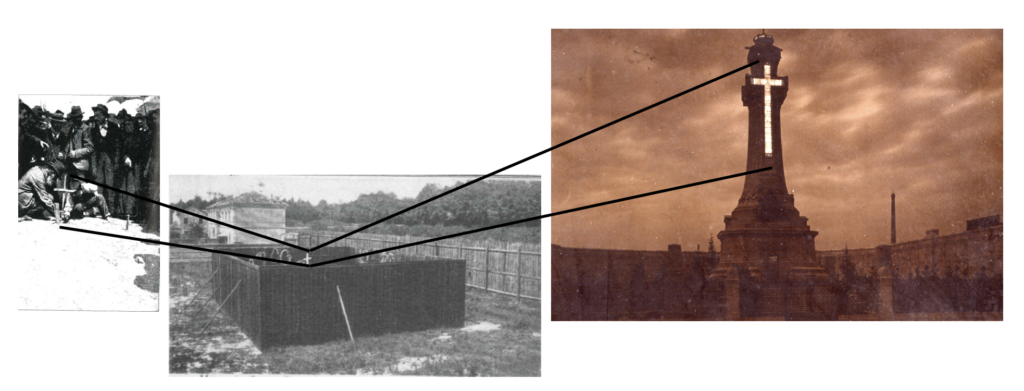
geo-localisation of an event throughout the years
A sophisticated operation of geo-localization of an event, which as I have already mentioned, I believe to have acquired over time a different and broader potential for impact on contemporaneity than the initial design premises.
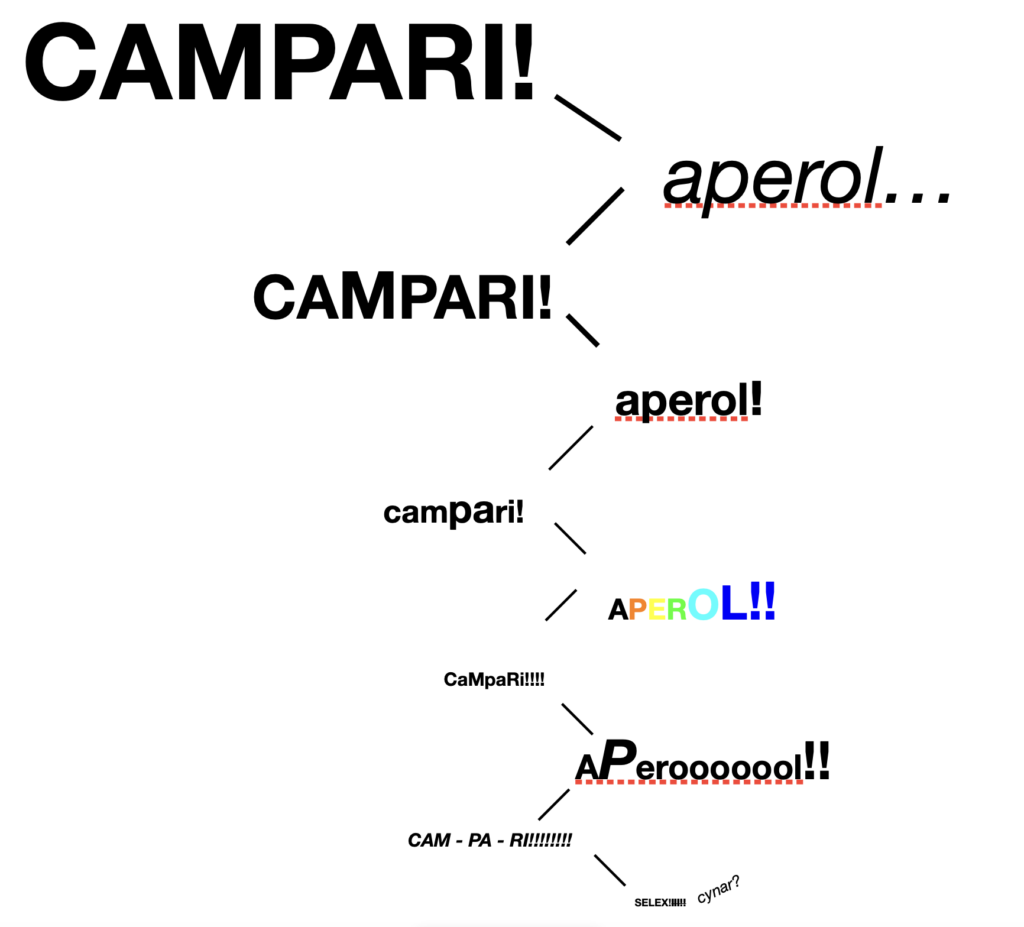
Spritz battle
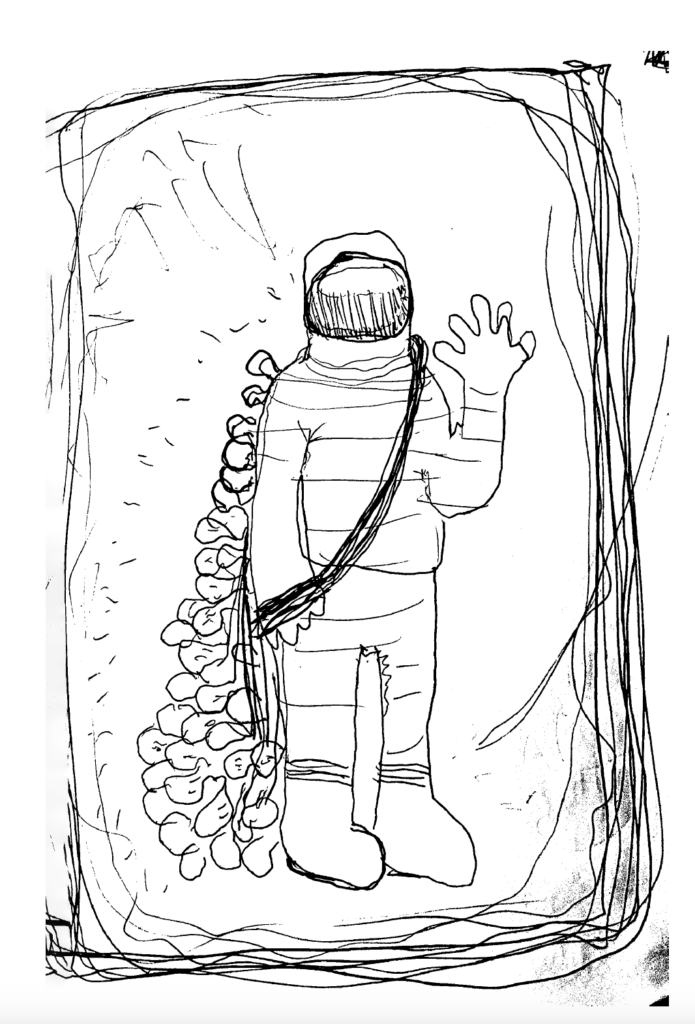
Space Guy